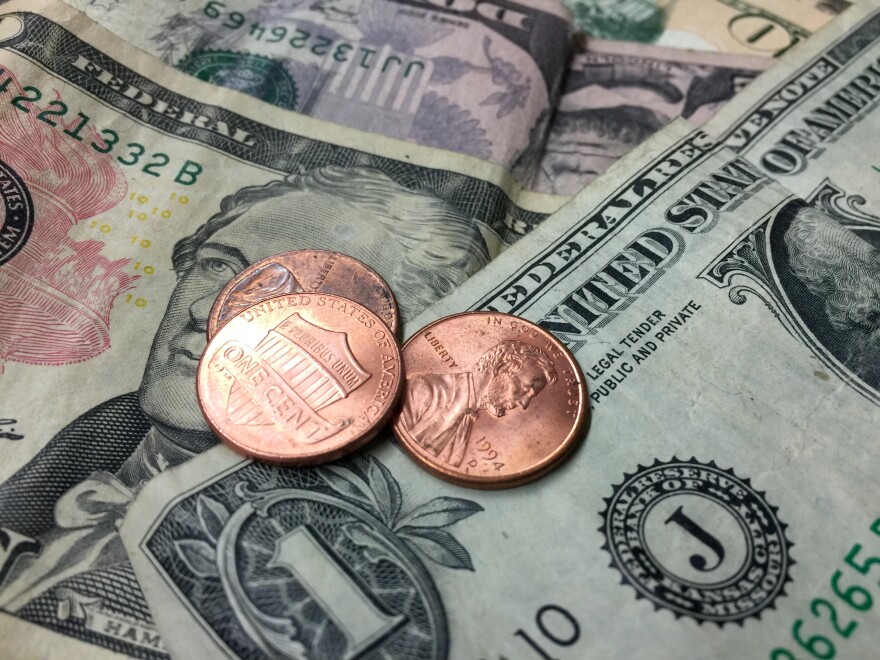South Dakota schools are getting a minimal budget increase to cover inflation. State law requires lawmakers provide schools the money, but in tight budget years – like this one – they override that mandate. Education funding plans changed throughout the session.
One month ago, State Senators approved a bill that offers K-12 education a one percent increase. With a week left in the session, State Representatives decided they could offer no increase – not even one to cover inflation.
On the final day, Republican State Senator Deb Peters says lawmakers found a compromise.
"We put an increased funding for education to general ed at 0.3 [percent]. We included funding for special education at the inflationary 0.3 percent," Peters says. "And also one other piece we added was to also ensure that the technical institutes also were included in that inflationary increase."
Covering the cost of inflation allows schools to retain their spending power. They don’t get more money, but they don’t lose when their dollars can’t stretch quite as far.
Some controversy arose as lawmakers voted to eliminate a portion of state law that assigns percentages of the half-penny sales tax to schools and property tax relief.
State Senator Billie Sutton leads Senate Democrats.
"If we don’t strike Section 3, then we have a real problem. We would have to cut education by $5 million for FY17 and FY18," Sutton says. "So it’s very important that the public knows and understands that this isn’t an attempt to take money away from education. This is actually an attempt to make sure that education does not have a cut."
Lawmakers and the governor’s office say schools retain all the money added last year for teacher’s salaries, because it’s now part of the base funding for K-12 education.


